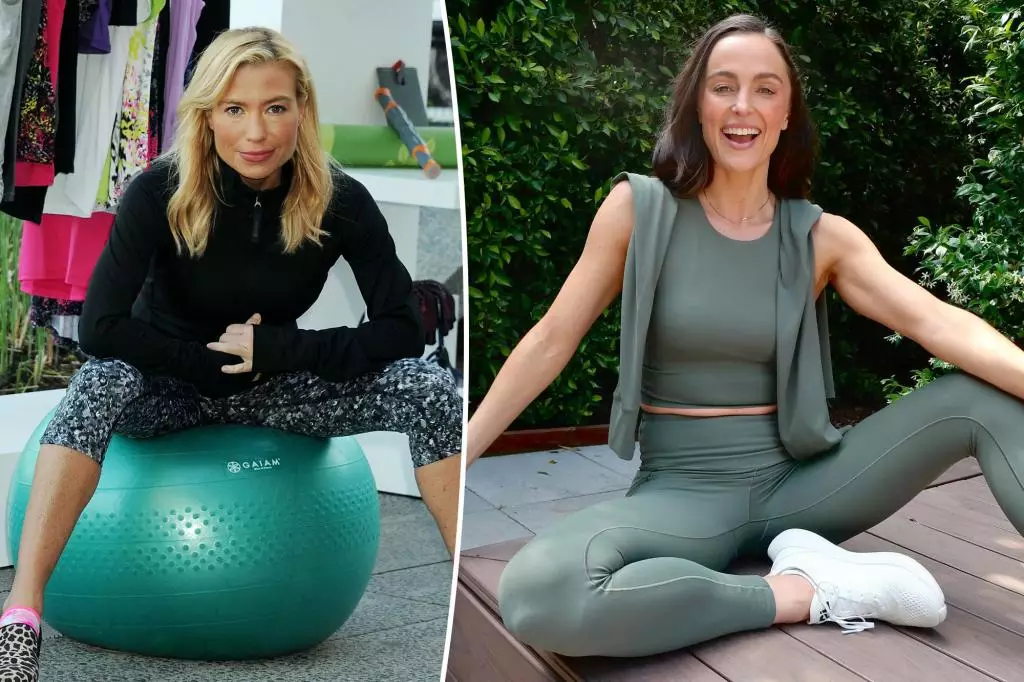In the realm of celebrity fitness, few names shine as brightly as Tracy Anderson’s, renowned for sculpting the bodies of A-list stars like Gwyneth Paltrow and Jennifer Lopez. However, a cloud of contention loomed between her and fellow fitness expert Megan Roup, whose impressive client list includes supermodel Miranda Kerr. The conflict emerged in 2022 when Anderson initiated legal action against Roup for several allegations, including copyright infringement and breach of contract. This high-profile dispute highlights not only the competitive nature of the fitness industry but also raises significant questions about the intellectual property rights of choreography and fitness routines.
After numerous rounds of legal battles, recent reports confirm that Anderson and Roup reached a confidential settlement regarding the breach of contract claims. This resolution, however, does not signal the end of the conflict. Anderson remains undeterred, indicating her intention to press on with her copyright claims. It showcases the complexity of protecting creative work in a field where choreography and movement sequences are often borrowed and adapted. The settlement resolves only a single element of a multifaceted legal struggle, demonstrating the nuanced and often convoluted nature of such disputes in the fitness and wellness industry.
The ongoing battle encapsulates a larger conversation about the rights of fitness professionals to safeguard their original work. As Anderson’s legal team, led by Gina Durham, articulated, the pursuit of a higher court’s ruling on copyright protection underlines the importance of establishing clear boundaries in the copyrighting of choreography. Meanwhile, Roup’s legal team, headed by Nathaniel Bach, responded with confidence, relishing their earlier victories over several claims brought forth by Anderson, including dismissals pertaining to the Lanham Act and unfair competition. This back-and-forth highlights the precarious nature of intellectual property in a crowded and competitive market.
The repercussions of this legal battle extend far beyond the involved parties. It could deter future fitness professionals from innovating their routines for fear of retribution or litigation. The prominence of social media in the fitness community means that original choreography is not only a form of artistic expression but also a potential economic asset. Therefore, many trainers must tread carefully as they navigate the fine line between inspiration and infringement.
As the legal proceedings continue, the broader fitness community is left to ponder the implications of this conflict. Whether Anderson will successfully appeal the court’s ruling regarding her copyright claim remains uncertain. However, this legal skirmish serves as a crucial reminder of the importance of legal protections in creative industries. While both trainers have a dedicated following and unique methodologies, one thing is clear: the competition isn’t just about physical prowess, but also about the increasingly complicated intersection of creativity, legality, and commerce in today’s fitness culture.


Leave a Reply